Feeding San Diego turns a little extra into a whole lot for San Diego’s hungry
Celebrating its 15th year, the nonprofit shares its accomplishments and looks to the future
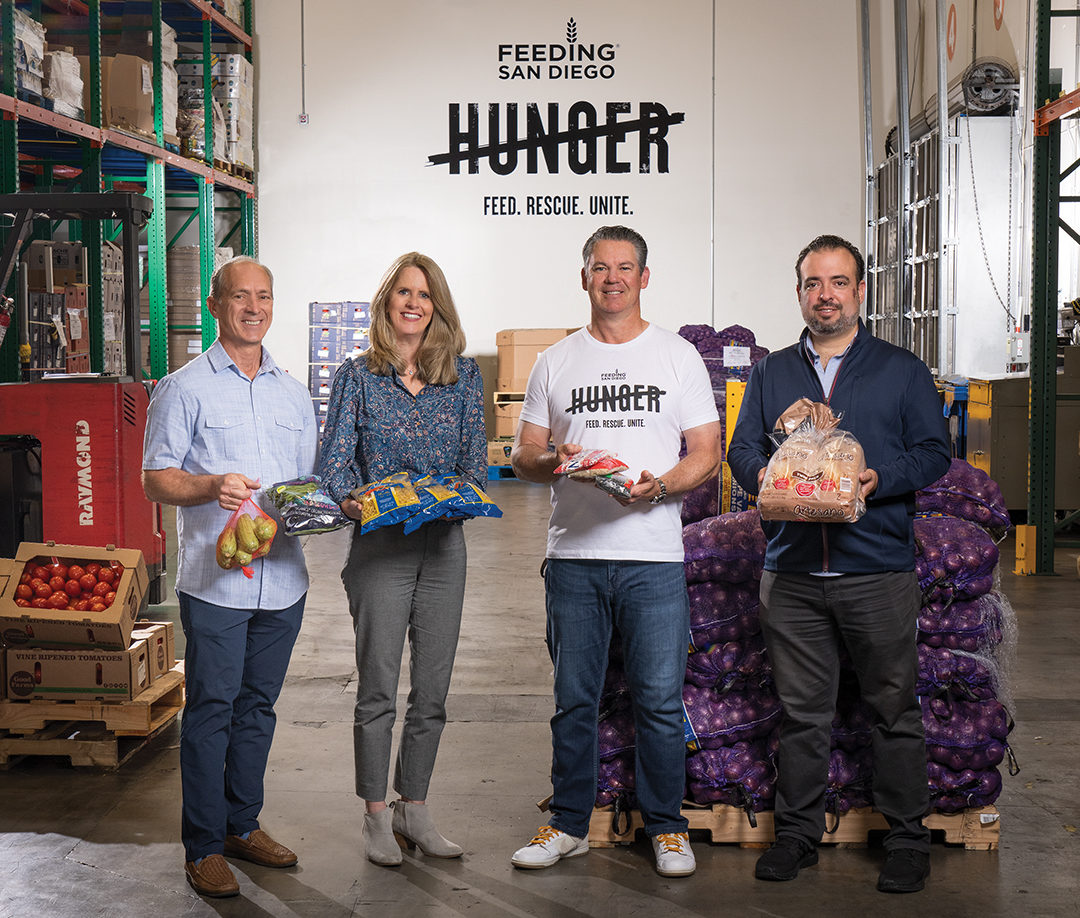
When we first think of hunger, the cautionary tales we were told as children about starving people in faraway countries as a nudge to finish our meals may come to mind. The reality, unfortunately, is that it is also so much closer to home. As people in places from school cafeterias to local food assistance programs can attest, hunger is all around us, among the people we meet every day. It’s estimated that roughly one-third of San Diegans face food insecurity of some sort, and according to Feeding America, 16.5 percent of San Diego’s kids are food insecure. “Nobody really understands who the face of hunger is,” says Allison Glader, a former board member of Feeding San Diego who currently manages the organization’s strategic marketing and communications. “Less than ten percent are homeless. It’s really families working two jobs. It’s expensive to live here, and one thing sets them over the edge.”
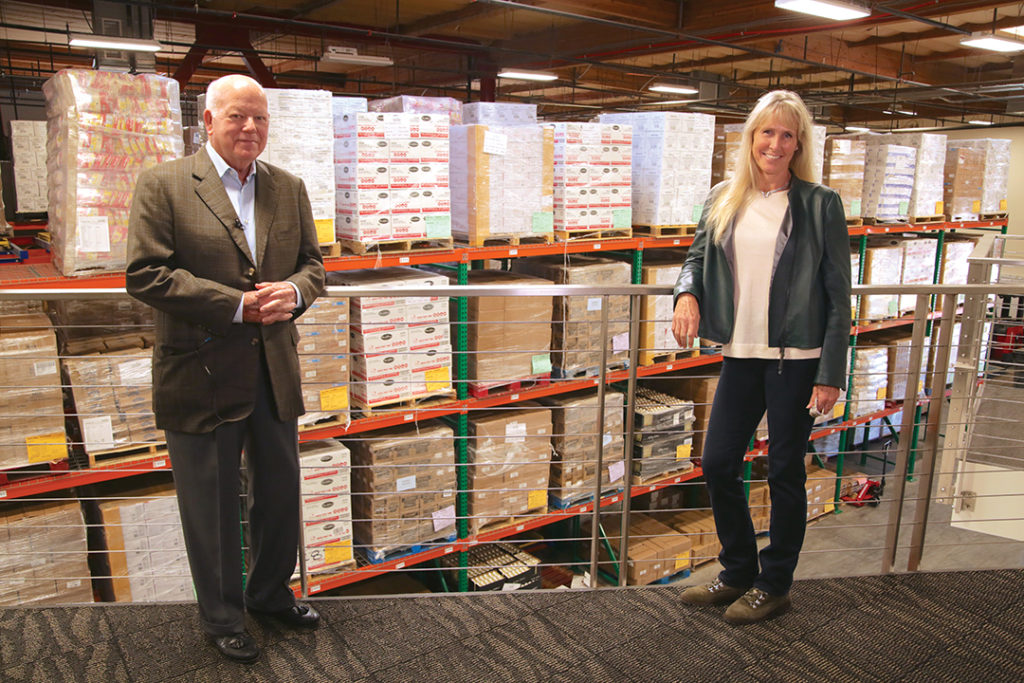
What might be even more astonishing than the sheer amount of need locally is the simple fact that there’s more than enough food to feed everyone, and it’s here that the work of Feeding San Diego is truly remarkable. “The one thing that distinguished Feeding San Diego from the other food bank is that early on, they got the idea, rightly so, that food rescue was an incredibly important thing,” says Dan Shea, Feeding San Diego’s CEO. “Vast amounts of food were going into the landfills instead of being rescued.” The recent passage of California State Senate Bill 1383 has now made it mandatory for certain sized grocery stores, supermarkets, food service providers, vendors, and distributors to divert surplus edible food away from those landfills and instead donate it to food recovery organizations. That’s not a new concept for Feeding San Diego, who already partners with hundreds of food donors countywide, everywhere from Albertsons to Jimbo’s to even the San Diego Zoo. Private donors, including several in Rancho Santa Fe, also work with Feeding San Diego, donating surplus crops grown on their personal property.
Even so, SB 1383’s ultimate impact has been a significant increase in the amount of perishable, nutritious food that the organization can now provide its clients. “We can see an immediate growth of people taking it even more seriously than they ever have before, and our biggest challenge is getting systems in place to be able to take the phone calls in, get the resources assigned to go pick it up, and make sure the food that they’re donating gets turned around almost immediately so it doesn’t go past its expiration date. So, it’s a logistical challenge but it’s one that now, in this day and age, we have the [technology] for,” says Shea.
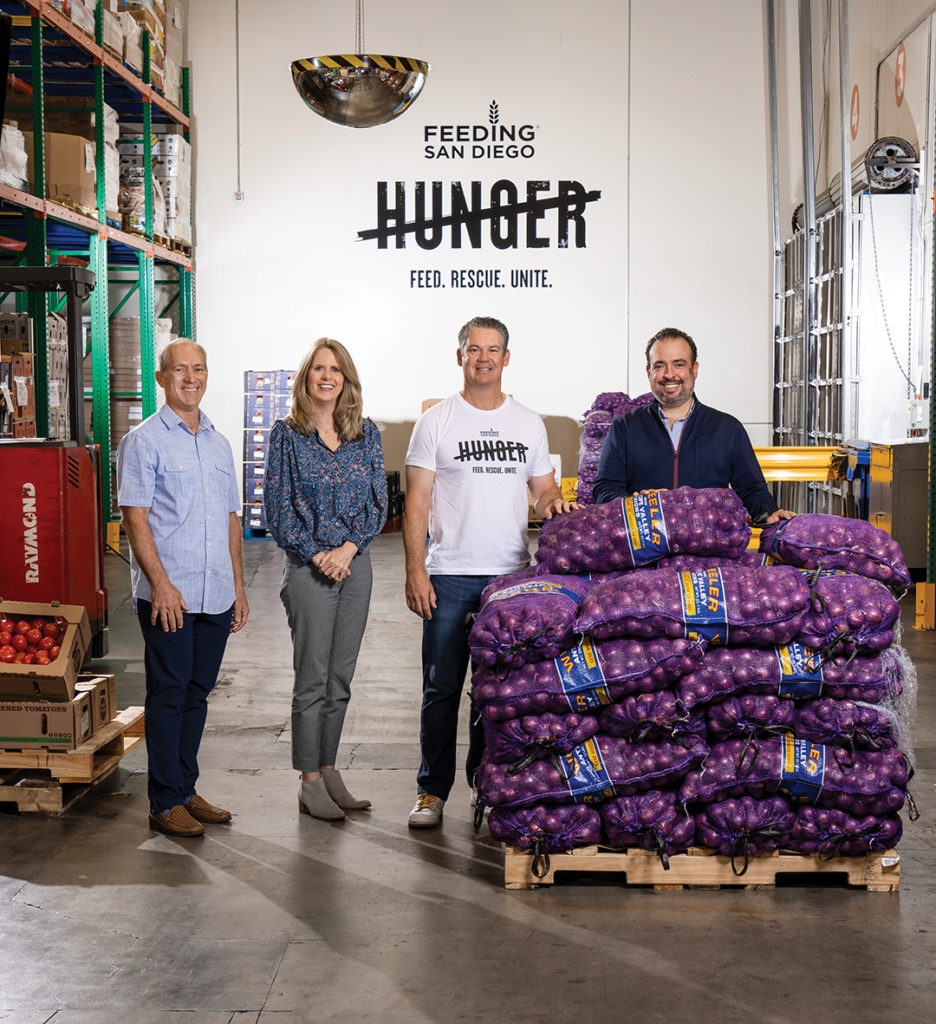
That technology, combined with this increase in donated food and the recognition that in years past, the two major food assistance organizations here — Feeding San Diego and the San Diego Food Bank — have only met about half of the county’s need, prompted Shea to implement new systems within his organization to maximize its impact and efficiency. Now, data analytics offer a more complete understanding of the who, where, and how much of the county’s food insecurity needs, enabling Feeding San Diego to not only provide clients with more nutritious food faster and anticipate where and when new need may arise, but also to collaborate with the San Diego Food Bank with less overlap.
Founded in 2007 by Gwendolyn Sontheim, Feeding San Diego is now in its 15th year, amounting to more than 300 million meals provided since its inception. “I founded Feeding San Diego because I believe that access to nutritious food is a basic human right,” says Sontheim. “Looking back on 15 years of service to the community, it’s humbling to be a part of this organization that provides what we now know to be an essential service and touches so many lives in the process.” In honor of its 15th anniversary, Feeding San Diego is launching an initiative that encourages donors to make a $15 monthly contribution, an amount that will provide a nutritious meal for one person for every day of the year. feedingsandiego.org


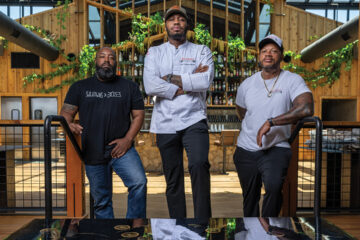
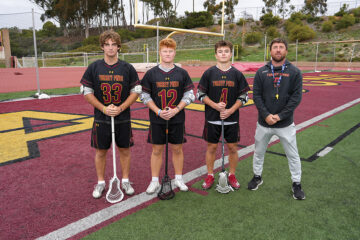
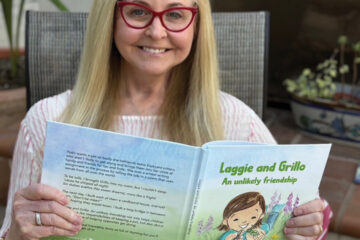
Comments